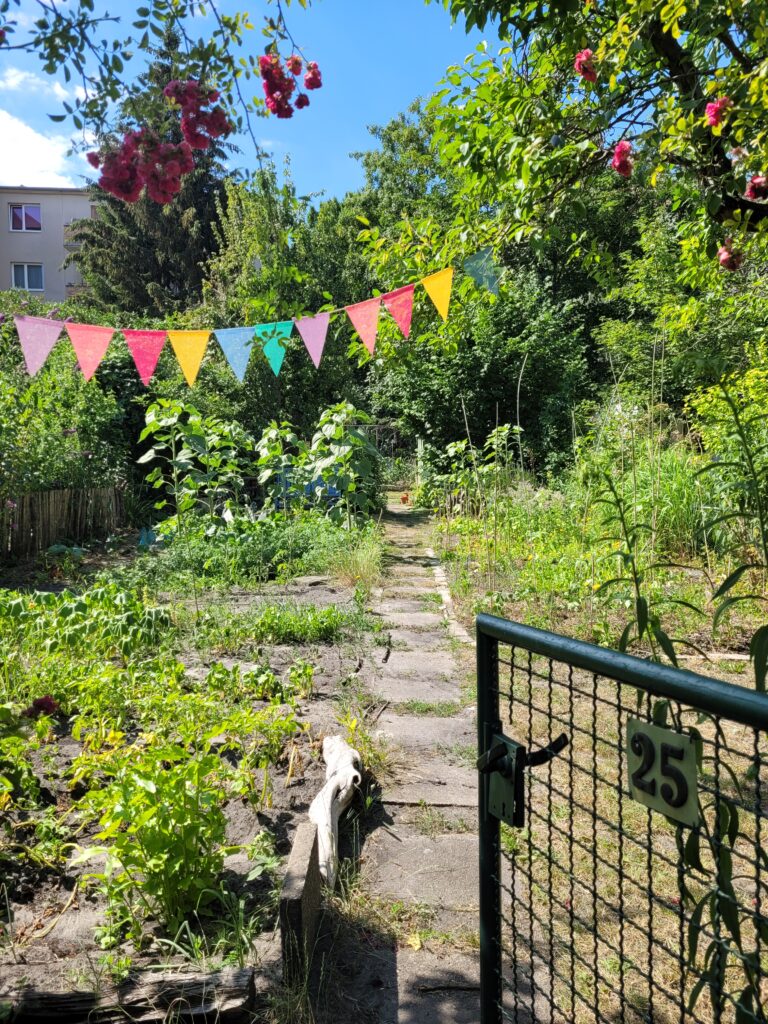The “Integration of allotment and community gardens” team published the first scientific article on the topic.
Based on our surveys in Warsaw and Berlin, we sought to systematise the complex facets of integration processes in three different forms of integration that contribute to the transition of allotment gardens to open and inclusive structures by means of their protection. These are understood as practices performed by gardeners, which gradually result in the production of new multifunctional urban landscapes. The first form is dialogue and cooperation among gardeners of different types and it represents the intangible dimension of integration based on common interests and practices. The second refers to the opening of allotment gardens, understood as the reinforcement of boundary activities (i.e., the negotiation between external actors and gardeners and the physical opening of the gates). The third relates to the design of a common space by establishing community gardens within the allotments – conversion of an allotment plot from individual to community use.

We discussed that the implementation of these three forms of integration by gardeners lead to the emergence of what we have conceptualised as an integrated garden, that is an allotment that accommodates different uses and communities. The integrated garden is in fact organised in different spatial management patterns: some plots are used in a traditionally private manner, others are open to the public (e.g. the internal pathways, the area adjacent to the central building), and still others are common spaces, the result of joint work between allotments and community gardeners.
We believe that this process cannot follow a linear path but depends on the resources of each gardening community and each specific scenario. We emphasise that the conversion of allotments into more open structures relies on a strong network of stakeholders and their joint work, but in particular on the strategic inclusion of gardeners in urban spatial changes. The integrated garden might be a resilient model of urban garden, in which to develop ecological and social transitions in cities continually stressed by strategies and policies of consumption.
We thank all the people who contributed to this project. In particular the gardeners who helped us to understand in depth the dynamics of this process.
